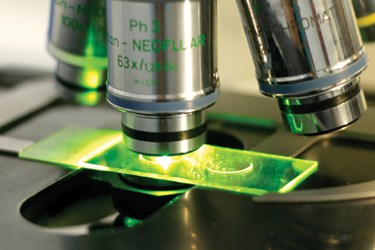What Is The Skin Microbiome?
By Stephanie Munroe, Ph.D.

The microbiome refers to the genetic material of all the microbes— bacteria, fungi, viruses and protozoa—that live on and inside the human body. The gut, skin, mouth and vagina all have their own microbial communities that comprise the human microbiome.
According to the Human Microbiome Project, the average human body has ten times more bacteria than human cells. Most of these bacteria work for us rather than against us.
The skin microbiome assists in wound healing, limits allergen and UV radiation exposure, minimizes oxidative damage and helps keep the skin barrier intact and well hydrated. It also fights off threats by external factors such as bacterial transfer from external surfaces, certain cosmetic products, detergents and antimicrobials such as hand sanitizers.
To maintain overall homeostasis, the skin microbiome’s beneficial bacteria have to overpower pathogenic bacteria. When the pathogenic bacteria win out, it influences the skin’s surface and contributes to dermatological conditions such as acne, rosacea, atopic dermatitis, and psoriasis.
Get unlimited access to:
Enter your credentials below to log in. Not yet a member of Clinical Leader? Subscribe today.
